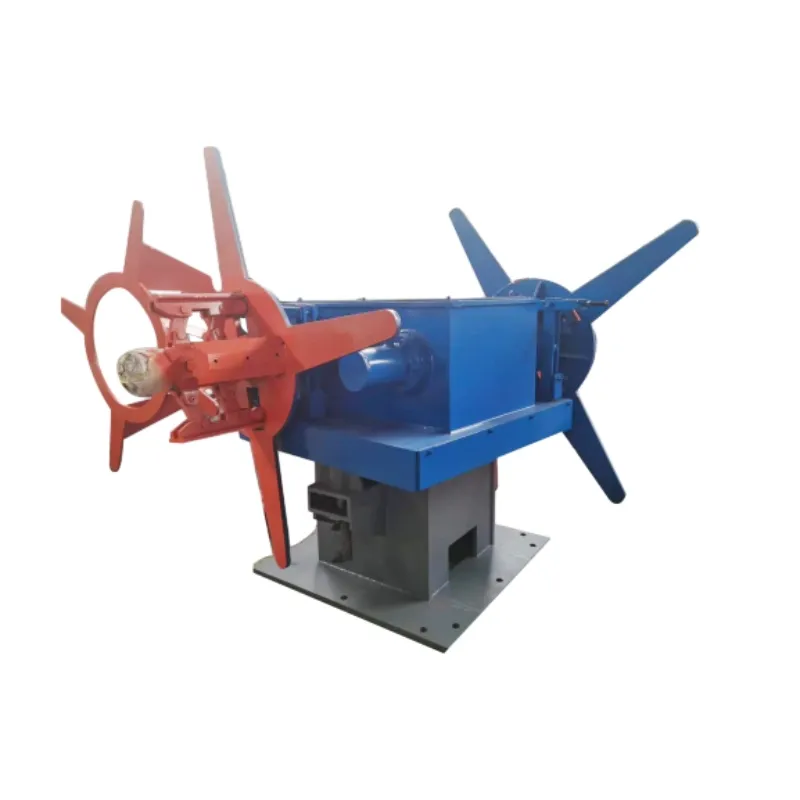Industrial Wire Straightening Solutions for Enhanced Efficiency and Productivity in Manufacturing Processes
Understanding Industrial Wire Straighteners Enhancing Efficiency in Manufacturing
In the fast-paced world of manufacturing, precision and efficiency are paramount. One critical component that plays a crucial role in achieving high standards of productivity is the industrial wire straightener. This device is designed to straighten and align wire, tubing, and rods, ensuring that they meet strict specifications for various industrial applications. Understanding how wire straighteners work and their importance in the manufacturing process can provide valuable insight for engineers, manufacturers, and industry professionals.
What is an Industrial Wire Straightener?
An industrial wire straightener is a mechanical device used to remove bends, kinks, and twists from wire or metal rods. By producing a straightened product, wire straighteners enable manufacturers to perform further processes such as welding, cutting, or bending with enhanced accuracy. The straightening mechanism usually involves a series of rollers and guides that exert pressure on the wire to achieve a uniform shape.
Components of Wire Straighteners
Industrial wire straighteners generally comprise several key components
1. Feed Rollers These are responsible for pulling the wire through the straightening system. They are usually powered by an electric motor that allows for consistent and controlled feeding of the wire.
2. Straightening Rollers Positioned strategically along the wire's path, these rollers apply pressure at specific angles and positions, effectively reshaping the wire to a straightened form. The design of these rollers can vary depending on the diameter and material of the wire being processed.
3. Guides Guides are used to ensure that the wire remains in alignment as it passes through the straightener, preventing any re-bending or misalignment during the process.
industrial wire straightener

4. Control Systems Advanced wire straighteners often come equipped with digital controls that allow operators to adjust settings such as feed speed, pressure, and the number of straightening passes based on the type of wire and the desired specifications.
Benefits of Using Industrial Wire Straighteners
1. Improved Precision Straightened wire is crucial for applications that require tight tolerances. Industrial wire straighteners ensure that components fit together perfectly, reducing the likelihood of defects and improving overall quality.
2. Increased Efficiency By automating the straightening process, manufacturers can save time and labor costs. Straighteners can operate continuously, allowing for higher production rates and decreased manual handling.
3. Versatility Industrial wire straighteners can handle various wire types, including steel, stainless steel, copper, and aluminum. This versatility makes them suitable for a wide range of industries, including automotive, aerospace, construction, and electrical.
4. Cost-Effectiveness While investing in a wire straightener may require initial capital, the long-term benefits—increased productivity, reduced waste, and enhanced product quality—often outweigh the costs. Businesses can achieve a better return on investment by minimizing rework and defects.
5. Enhanced Safety Straightening wire manually poses risks of injury from sharp edges and sudden movements. By using mechanical straighteners, manufacturers can create a safer working environment for their employees.
Conclusion
Industrial wire straighteners are an invaluable asset in the manufacturing sector. Their ability to deliver straightened and precisely shaped wire ensures that companies can maintain high efficiency and product quality. As technology continues to advance, wire straighteners are likely to evolve, incorporating more sophisticated controls and automation features. Investing in the latest straightening technology not only enhances manufacturing processes but also helps businesses remain competitive in an ever-evolving industry landscape. In a world where precision and speed are key, industrial wire straighteners stand out as a critical tool in the modern manufacturing toolbox.
-
High Frequency Straight Seam Welded Pipe Production Line-BzZhou Xinghua Machinery Equipment Manufacturing Co., LTD.|Precision Welding, High EfficiencyNewsJul.30,2025
-
High Frequency Straight Seam Welded Pipe Production Line|BzZhou Xinghua|Precision Welding&EfficiencyNewsJul.30,2025
-
High Frequency Straight Seam Welded Pipe Production Line - BzZhou Xinghua|Precision Engineering&EfficiencyNewsJul.30,2025
-
High-Frequency Straight Seam Welded Pipe Production Line-BzZhou Xinghua Machinery Equipment Manufacturing Co., LTD.NewsJul.30,2025
-
High-Frequency Straight Seam Welded Pipe Production Line-BzZhou Xinghua Machinery Equipment Manufacturing Co., LTD.|Precision Manufacturing, High EfficiencyNewsJul.30,2025
-
High Frequency Straight Seam Welded Pipe Production Line-BzZhou Xinghua Machinery Equipment Manufacturing Co., LTD.|Precision Steel Pipe Manufacturing&Industrial EfficiencyNewsJul.29,2025


